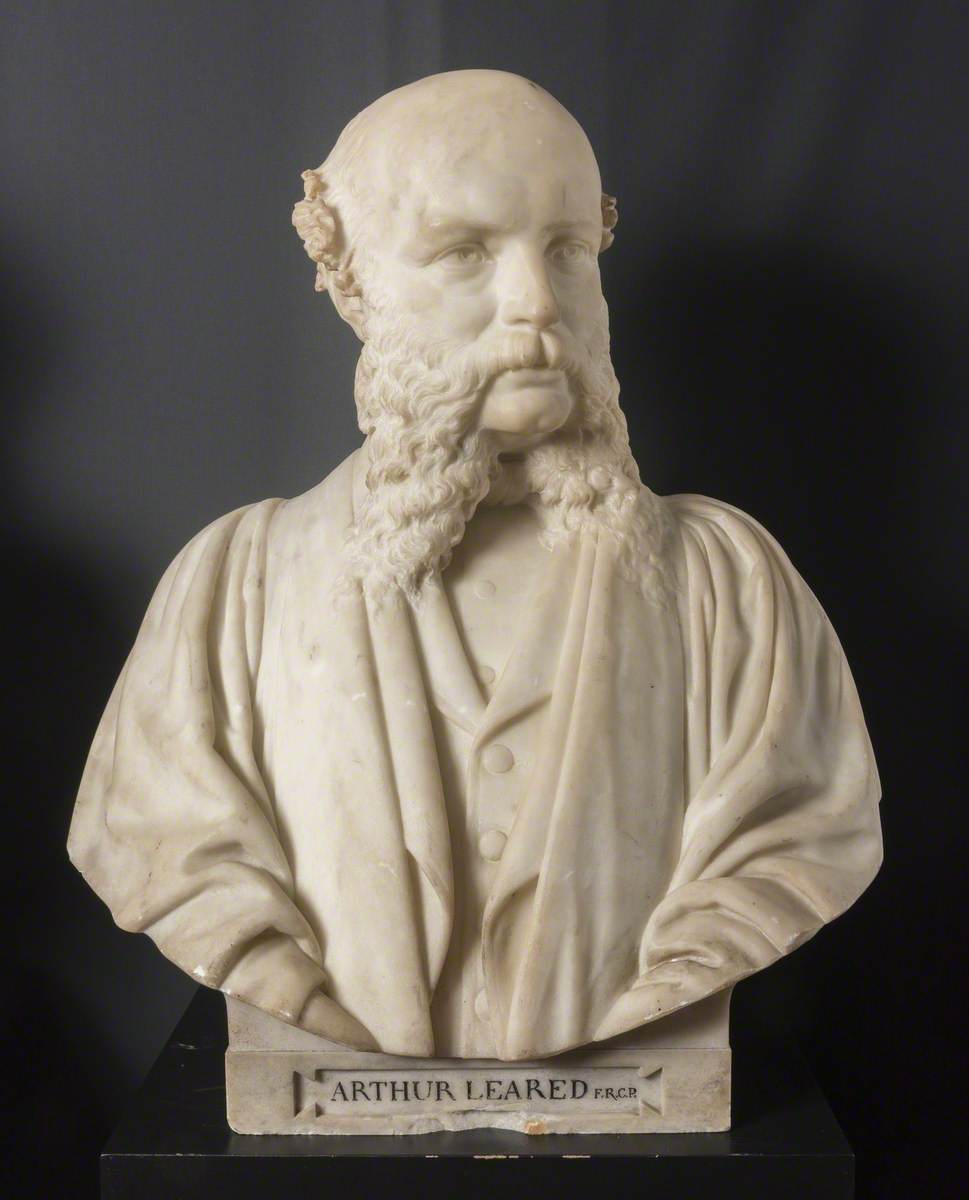
Sir,—Paddy Cullivan ends his thought-provoking (but provocative) piece on Tone’s death (HI 32.5, Sept./Oct. 2024) in a constructive mood, stating that he ‘could have been murdered’, and ‘we just don’t know’. This opinion piece comes after several exchanges on the topic last year, referenced here for HI readers. He states that two [unnamed] Trinity scholars had written [letters] to the Irish Times regarding his ‘findings’, pointing out that suicide was common in Tone’s times. It was Georgina Laragy (7 June 2023) and myself (8 June 2023) who had letters published, reacting to various angles of his rather feistily worded feature in that paper (6 June 2023). He and I were then invited by Joe Duffy’s team to continue confronting each other’s views on RTÉ radio’s Liveline, aptly on Tone’s birthday at my suggestion (20 June 2023, c. 25 minutes into programme). Then, as now, considering a range of reasons, I had opted for Tone’s own decision on how his life would end. At the History Ireland Hedge School mentioned (Electric Picnic, September 2023), I had turned to fellow panellist Fergus Whelan when recalling William Drennan’s private verdict, and in unison we had cited him: ‘Tone is liberated’. On the radio I had agreed that any and all evidence must be considered, and Cullivan points to the many unanswered questions about Tone’s last days. Brutality and a vengeful spirit to punish rebels was certainly rife in 1798. Sir George Hill would have ‘sewed up’ Tone’s neck and ‘finished the business’, i.e. a very public execution to demonstrate the fate awaiting rebels, and we need only think of the full details of Robert Emmet’s execution. And Fitzgibbon had said that Tone should ‘have been hanged on the shore’ in Donegal where he landed. Terminating Tone’s life inside a prison would have robbed Dublin Castle of the crude and triumphalist street spectacle of the death of a traitor.
McDermot’s emphatic view that Tone’s suicide was unquestionable is rightly dismissed by Cullivan. Though he had gone further than others in trawling various archives to reconstruct Tone’s life and career, McDermott’s perspective on eighteenth-century life was blinded by the tunnel vision of the times, and this was not an age of objective history. He was even ‘inclined to suspect a pious fraud’ re the possibility of Tone’s mother Margaret having originally been a Catholic. But she had been, and eighteenth-century social interaction was not as religiously segregated as Ireland in 1939. Though referring to the ‘government’s case’ of self-destruction as being taken up uncritically by [some] historians, and vital ‘sources’ being overtaken by romantic speculation, Cullivan may himself be attaching too much weight to flimsy evidence. He opened with correcting how Laragy had ‘inadvertently’ misquoted the London Courier of 27 November 1798 on the subject of Major Sandys and Cornwallis supposedly disagreeing on whether a stake should be driven through Tone’s body. Cullivan refers to their ‘strange and significant … public dispute’ (my emphasis), yet to date I have not found this fracas mentioned, let alone publicised, anywhere else, namely in the Dublin press. Apart from the Courier (interestingly quite vocal on the transgressions of Orangemen in high Irish places), two other London papers had also reprinted the first half of a so-called letter from Dublin, on Sandys claiming by right Tone’s possessions, but had stopped short at the stake-driving. There are a few contradictions, or jumbling of information on Tone, in rushed press reports at this time, and journalism was not then bound by professionalism and ethics. We tend to clutch at anything written which has survived, but must always maintain a critical distance.—Yours etc.,
SYLVIE KLEINMAN
